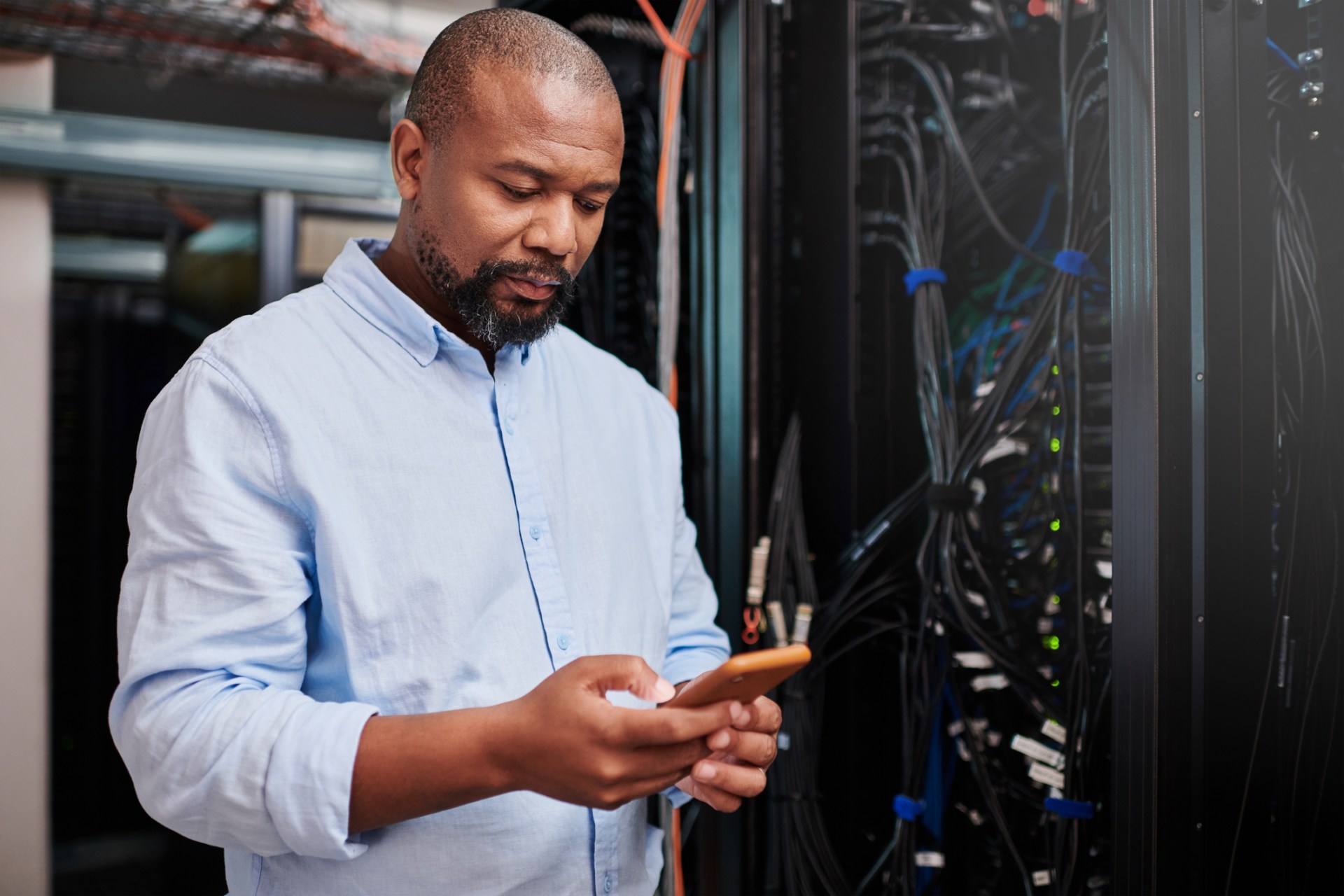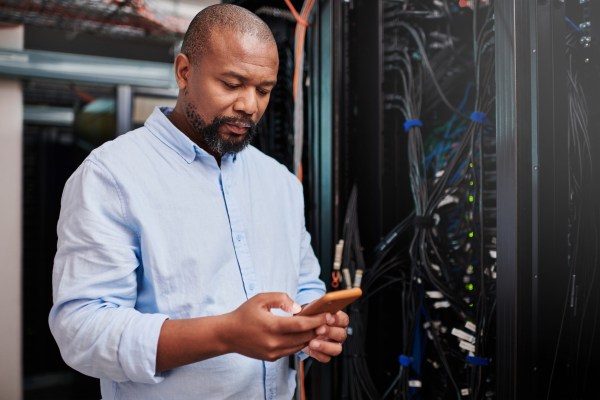

Disaster recovery refers to the strategic planning and implementing of measures to restore crucial business operations and IT systems after disruptive events. Its primary goal is to minimize disruption to the business. Colocation solutions can play a crucial role in disaster recovery. Here is a quick guide to what you need to know.
Here are five of the key challenges of disaster preparedness and an explanation of how colocation addresses them more effectively than traditional in-house data centers.
This is arguably the starting point for all disaster preparedness and colocation provides an obvious solution to it. The high cost of running traditional in-house data centers means that businesses generally have to limit their use of them. By contrast, using colocation allows businesses to operate in a more geographically dispersed manner. This is a significant benefit in disaster preparedness.
There are basically two ways to ensure physical resilience in data centers. The first (and traditional) way is to build and implement a data center with resilience in mind. In particular, traditional data centers need to be built to withstand local environmental hazards. These vary from one area to another.
The second (modern) way is to use modular design. Modular designs operate as a cluster of self-contained, autonomous units. This means that problems in any one module stay contained in that module. These two approaches can be combined.
Implementing resilient data centers is extremely complex. There is also, generally ongoing work required to maintain that resilience. For that reason, it’s usually more effective (and certainly more cost-effective) to leverage colocation facilities. These are implemented and run by data center experts and usually guarantee a high level of resilience.
Networking is now an integral part of everyday business operations in most environments. That means ensuring network connectivity is an integral part of ensuring disaster preparedness. Colocation facilities tend to be located in places with excellent networking options including a choice of carriers. They also tend to have robust support for interconnectivity.
With colocation, the vendor takes care of ensuring that there is ample redundancy in the core data center infrastructure. In particular, they will ensure that they will do everything possible to keep the supply of electricity running.
For redundancy capabilities to be fully effective, they need to be complemented by failover capabilities. Modern failover systems are typically automated by default but still require human oversight. Colocation providers ensure that their facilities have both up-to-date automated tools and the necessary staff to manage them.
Effective redundancy and failover measures are crucial to effective disaster preparedness. Here are five redundancy and failover solutions usually implemented by colocation facilities.
The starting point of redundant power is the uninterruptible power supply (UPS). This provides instantaneous power during brief outages and allows for a smooth transition to backup power sources.
Backup generators play a pivotal role in sustaining operations during more prolonged power failures, ensuring a continuous and reliable power supply. These generators are typically fueled by diesel or natural gas, providing a reliable source of energy to keep essential systems running.
Additionally, it’s becoming increasingly common for data centers to generate at least some of the energy they use on-site. This practice is mainly for sustainability reasons but it also helps to boost resilience.
Passive cooling systems leverage natural resources for cooling. At present, they are generally based on air cooling. There are also some passive systems that can use water.
In normal operating conditions, passive cooling systems take some of the cooling workload from active cooling systems. In a disaster situation, however, they can be used as a failsafe if the data center does experience reduced power (or even a total power outage).
In addition to redundant network connectivity, resilient data centers also need redundant network hardware. Although modern IT equipment is much more resilient than the equipment used in the early days of IT, it does still fail sometimes. Moreover, failures are particularly likely in the high-workload environment of data centers. This is why it’s essential to have backups.
Data centers routinely implement multiple layers of security protocols and measures to safeguard against various threats. Many of these measures replicate each other’s work to a certain extent. For example, firewalls, intrusion prevention systems, and intrusion detection systems all do much the same job. This overlap creates redundancy that maximizes the likelihood of a threat being detected by at least one system.
All essential systems need to be protected with failover mechanisms. These are typically based on automated monitoring systems. Often, these systems will have at least some level of autonomy.
For example, they will trigger the move to backups in predefined scenarios. These systems will, however, work under human supervision. In particular, humans will have the power to override preset rules based on their own judgment.
Related Resources:
Managed DRaaS: Deciding if it’s the Right Solution for Your Business
DRaaS Pricing: Understanding Costs and Factors
Tapping Into Managed Services from Your Colocation Provider Saves You Money

Discover the DataBank Difference today:
Hybrid infrastructure solutions with boundless edge reach and a human touch.